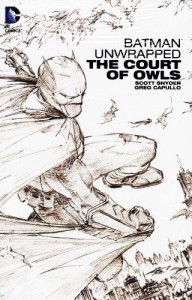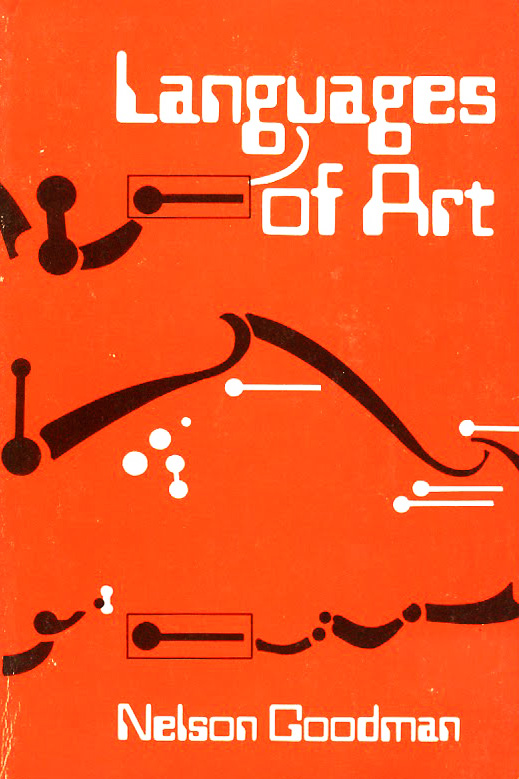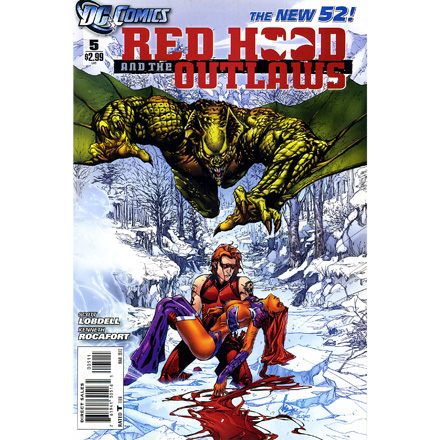Recently, DC Comics has produced a series of re-issues of Batman stories – the unwrapped editions – that present the artwork in pencils-only form. The question I want to explore here is whether these works are instances of the same comic – that is, the same work of art – as the original inked and colored edition. I’ll use the unwrapped edition of Scott Snyder and Greg Capullo’s Batman: The Court of Owls as my example, although the questions raised could apply to any comics in this series.
It is worth getting one potential misunderstanding out of the way from the outset. The unwrapped comics appear, to be reproductions of the original art produced by Capullo. Now, it is tempting to think at first glance that this somehow gives us special access to the art – after all, when we go to comics-as-art exhibits at museums, it is usually the original art (often just pencils, although often pencil-and-inks as well), and not inexpensive floppies, that are hung on the wall for our viewing pleasure. Thus, it might seem like the unwrapped version of The Court of Owls is not only an instance of the same comic as the earlier, inked and printed version of the comic, but that it gives us particularly privileged access to this artwork in virtue of providing us with particularly privileged access to (accurate reproductions of) the original pencil art.
This, however, would be a mistake, I think. When we view original art at a comics exhibit, it is not obvious that we are even experiencing the relevant comic in the first place. Now, I am not denying that the original art pages are artworks, but only suggesting that they are not the same artwork as the comic that we experience when purchasing a floppy at our favorite comics dealer. The reason is simple: individual pieces of original comic art are singly-instanced artworks, while comics themselves are mass-produced, multiply instanced artworks. To mistake one for the other would be to ignore Nelson Goodman’s distinction, formulated in The Languages of Art, between autographic and allographic artworks. Of course, looking at the unwrapped version of The Court of Owls, or looking at the original art pages, might give us additional information relevant to interpreting the multiply-instanced inked-and-colored artwork that we experience when reading the comic. But that doesn’t meant that experiencing either the unwrapped comic, or looking at the original art pages, is a case of experiencing the comic itself. After all, facts about Snyder’s life and personality might be relevant to understanding The Court of Owls as well, but that doesn’t mean that learning about his life amounts to experiencing the comic, or that his biography is somehow a part of the work.
There is another argument for the claim that the unwrapped edition of The Court of Owls is an instance of the same comics: we might point out that the original inked-and-colored version, and the unwrapped version, tell the same story. I don’t think this strategy works any better, however. In his essay “Making Comics into Film” (in The Art of Comics: A Philosophical Approach, Aaron Mesking and Roy Cook (eds.), Wiley-Blackwell, 2012) Henry Pratt investigates the criteria by which we might justifiably claim that a comic and a cinematic adaptation of that comic (or vice versa) might be said to tell the same story, despite minor changes in plot and the rather more major differences between formal properties and storytelling conventions in the two media. For this project to even make sense, it must be at least possible that a comic and a film can tell the same story. But if that is the case, then sameness of story told is not sufficient for being instances of the same artwork, since the comic and the film are obviously distinct artworks.
This is not to say that I believe that the unwrapped version of The Court of Owls is not an instance of the same comic as the inked-and-colored version. But I do think the question is a difficult one, and that the obvious quick strategies for defending an affirmative answer are flawed. In addition, we do have very different aesthetic experiences when reading the two different versions of the story, suggesting a negative answer isn’t completely out of the question. So, is the unwrapped version of The Court of Owls an instance of the same comic as the inked-and-colored version?



